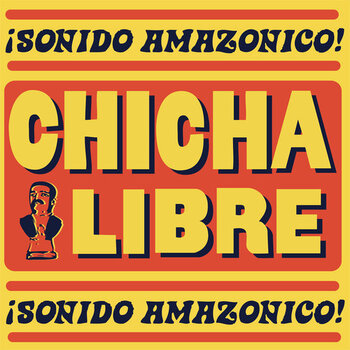The year was 1974. Until then, only Los Destellos had recorded a non-instrumental cumbia song, "Elsa," in 1970. Víctor Casahuamán Bendezú, a musician, creator and the composer behind Grupo Celeste understood that in order to continue the legacy of Peruvian bands from the sixties like Los Demonios de Corocuchay, Los Yungas, and Los Demonios del Mantaro, it was necessary to address in his lyrics a special and urgent topic: the feeling of displacement from the homeland and the vicissitudes of the migrant sector. The experiences of those who traveled from the provinces to the capital in search of opportunities they could not find in their towns of origin; the process of settling and adapting in a foreign city; the challenges derived from this change of environment; the recognition of a different culture and the creation of a space they understood as their own were the stories that had to be told in the songs. This is why Grupo Celeste was the backbone of cumbia in Peru: it established a common story that thousands of migrants would identify with. From this idea and impetus was born En el campo, the band's first single. Never before had the lyrics of Peruvian cumbia been able to touch the reality of migrants from the countryside living in the capital. The band not only wove the nets of that urgent, necessary reconnection, but also gave birth to one of the most relevant popular singers in the history of Peru: Lorenzo Palacios Quispe.




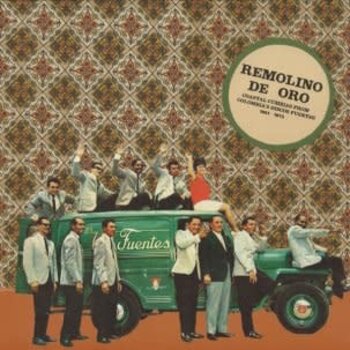
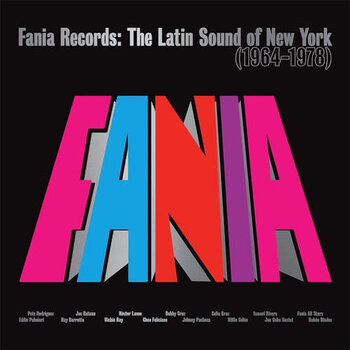

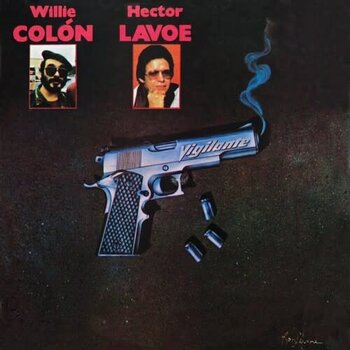
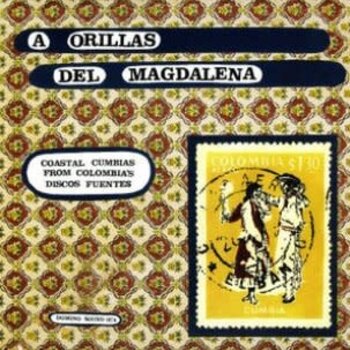
![New Vinyl Buena Vista Social Club - Music That Inspired Buena Vista (Various) [Import] 2LP](https://cdn.shoplightspeed.com/shops/632510/files/61127104/350x350x1/new-vinyl-buena-vista-social-club-music-that-inspi.jpg)
![New Vinyl Jorge Drexler - Llueve [Import] LP+CD](https://cdn.shoplightspeed.com/shops/632510/files/52184051/350x350x1/new-vinyl-jorge-drexler-llueve-import-lpcd.jpg)


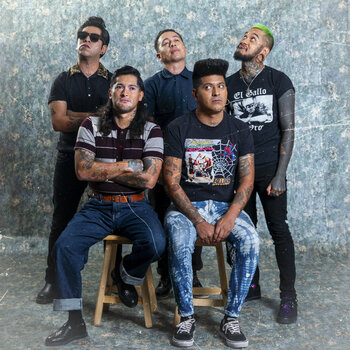


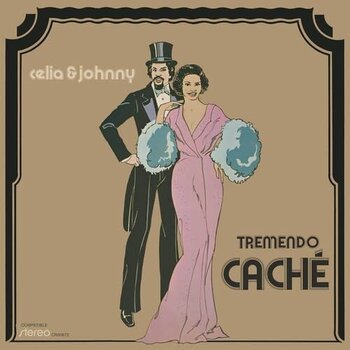

![New Vinyl Elvis Crespo - Suavemente (180g) [Import] LP](https://cdn.shoplightspeed.com/shops/632510/files/67824924/350x350x1/new-vinyl-elvis-crespo-suavemente-180g-import-lp.jpg)
![New Vinyl Jorge Drexler - Sea [Import] LP](https://cdn.shoplightspeed.com/shops/632510/files/67346018/350x350x1/new-vinyl-jorge-drexler-sea-import-lp.jpg)
![New Vinyl Marcos Valle & Tamba Trio - Samba Demais (Limited, Bonus Tracks, 180g) [Import] LP](https://cdn.shoplightspeed.com/shops/632510/files/64179945/350x350x1/new-vinyl-marcos-valle-tamba-trio-samba-demais-lim.jpg)
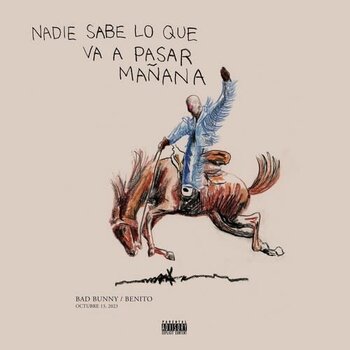
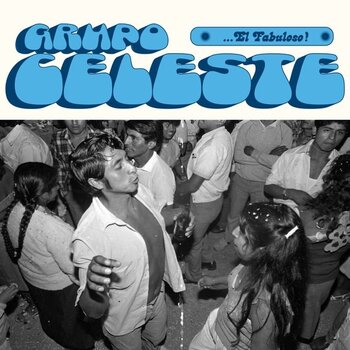

![New Vinyl Soda Stereo - Soda Stereo [Import] LP](https://cdn.shoplightspeed.com/shops/632510/files/41326602/350x350x1/new-vinyl-soda-stereo-soda-stereo-import-lp.jpg)
![New Vinyl Celia Cruz - Los 14 Grandes Exitos Originales De Celia Cruz [1984 Cut-Out] LP](https://cdn.shoplightspeed.com/shops/632510/files/29817260/350x350x1/new-vinyl-celia-cruz-los-14-grandes-exitos-origina.jpg)
